I got many images I liked from this march, mainly because I learned some helpful lessons from shooting previous marches:
- If you can get in the middle of the march and walk backwards, shooting people’s faces, the photos have a lot more impact than ones you get standing on the sidelines.
- A bigger or brighter central character among a sea of action gives the viewer a center of interest in the image.
- Shooting from an elevated viewpoint can show the crowd size, but you sacrifice the feeling of being in the thick of things.
- Holding your camera above your head can do some of both.
- Grayscale makes the images look more photojournalistic than color.
- Go wide angle. I saw lots of people shooting with long telephotos. I guess that works if you want to isolate faces or individuals, but you lose the feel of the event and you skip out on the fun challenge of composing rapidly changing scenes.
- Set your camera for zone focusing and don’t change settings or lenses at all during the march; just point and shoot.
- Prefer an action-stopping shutter speed over a lower ISO. With my 28mm lens, 1/250 is a minimum; 1/500 is better.
Here’s a crowd scene. One reason I like this image over many similar ones is that it’s full of women—it was a Women’s March, after all.
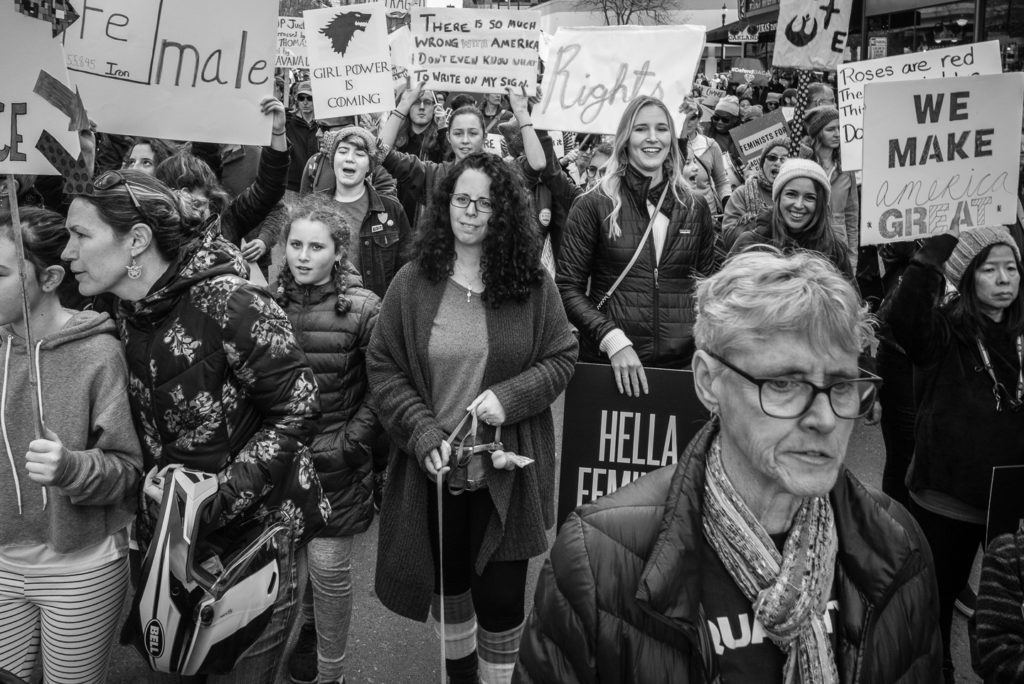
I framed this one to include the theatre sign to show where we are. Normally, that can leave a lot of blank space, but the signs here fill that.
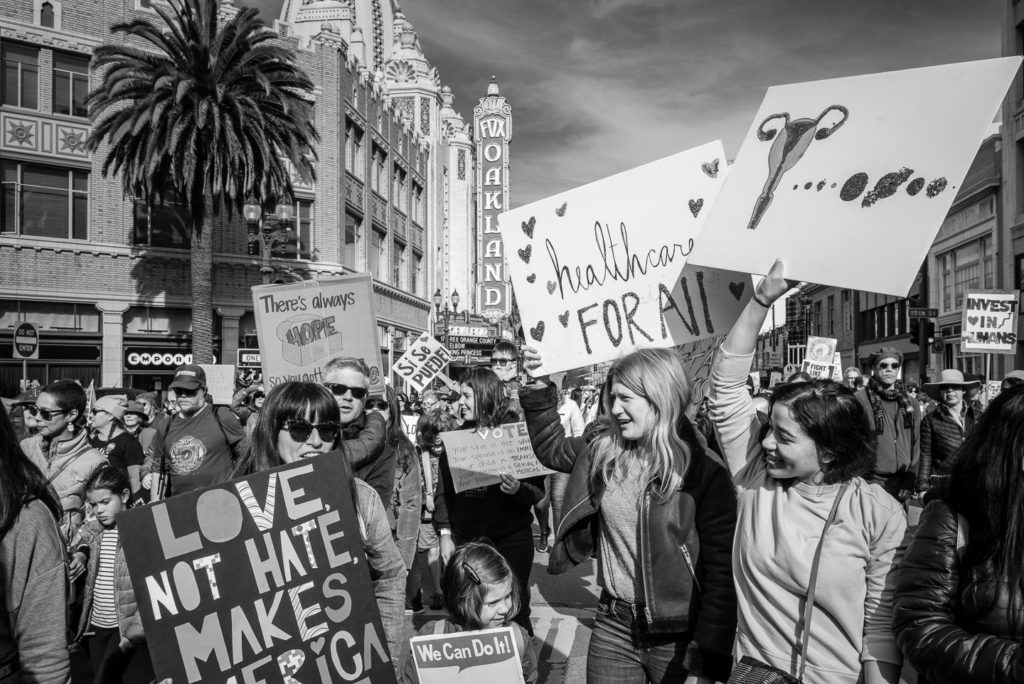
This is an example of an image with a strong central character. Too bad there’s a man next to her.
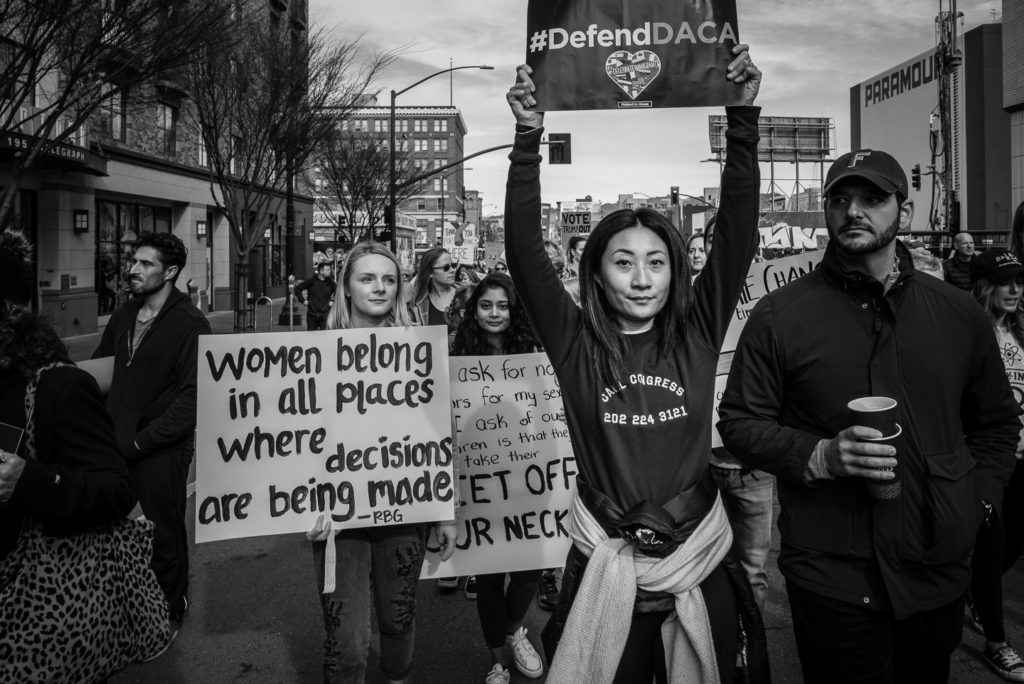
This woman was very shy and embarrassed about posing, but you can’t tell that from the image.
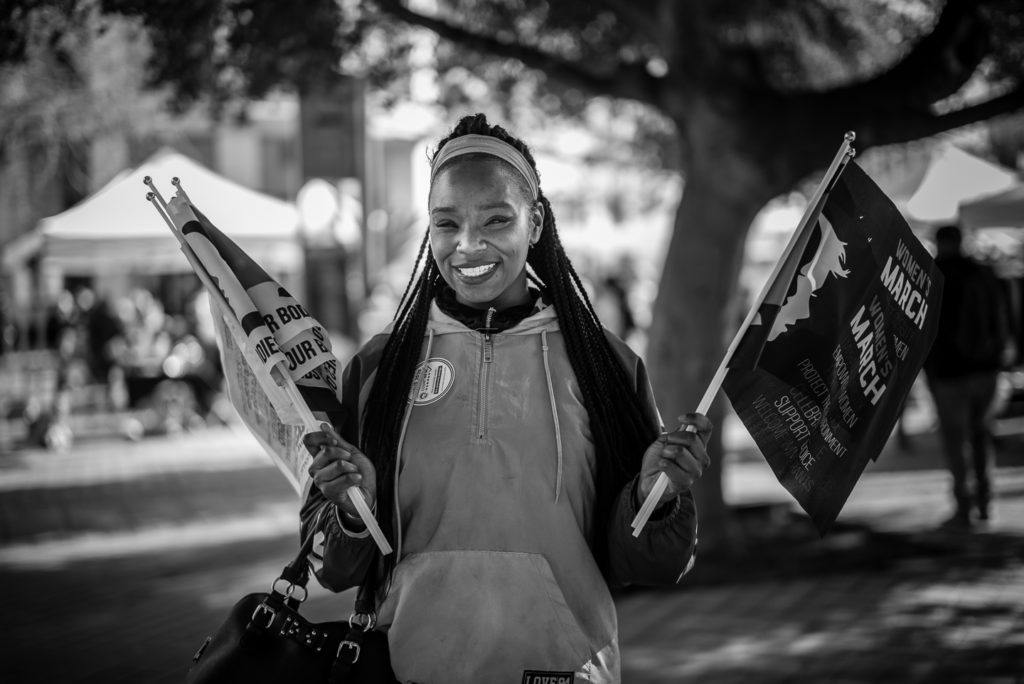
I shot at f/8 or f/11 with my 28mm during the march, but at f/1.4 with a 50mm lens for the portraits above and below. I have a photo of the woman below smiling, but I asked her not to, given the sign she was holding. Much better.
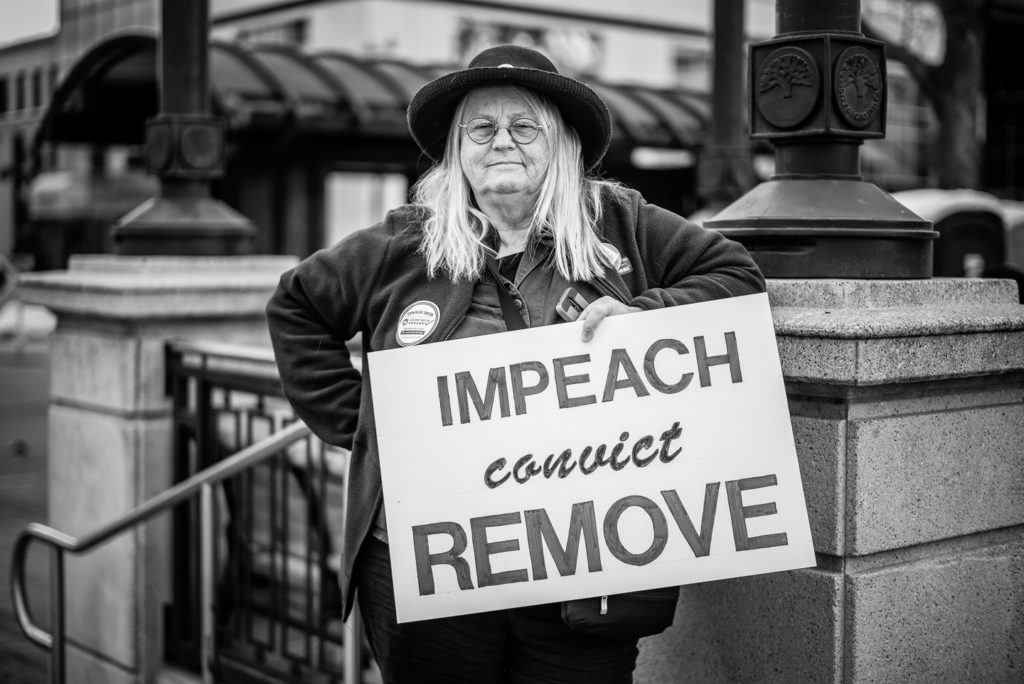
Events are good for both street photography and street portraiture, because people expect photographers to be around. And the more you shoot them, the better results you get.
Leave A Comment